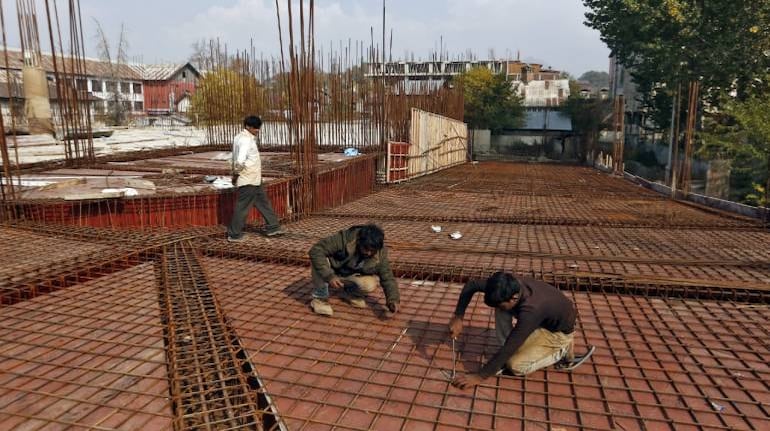



Economic activity across India has taken a hit due to the ongoing COVID-19 pandemic. Businesses and industries have remained shuttered for over two months now amid the ongoing nationwide lockdown. Even as restrictions have been eased across some parts of the country, especially with respect to domestic travel and business operations, states with a higher case burden are struggling to deal with the crisis.
Highlighting the grave economic impact of COVID-19, Crisil has said India is staring at its worst recession since Independence.
India's gross domestic product (GDP) growth is set to fall off the cliff and contract 5 percent this fiscal, Crisil said. The first quarter of FY21, it said, will witness a staggering 25 percent contraction (on-year). It also noted that going back to the pre-pandemic growth rates is unlikely in the next three fiscals as the hit to GDP growth is expected to be large in Fiscal 21, with an estimated permanent loss of 10 percent to the country's real GDP (under the base case).
Therefore, one can safely say that India is staring at an imminent recession. The report said that since the rating agency's last growth prediction, things have only gone downhill.
"In the past 69 years, India has seen a recession only thrice – as per available data – in fiscals 1958, 1966 and 1980. The reason was the same each time – a monsoon shock that hit agriculture, then a sizeable part of the economy," the report said.
But this recession, the country's fourth since independence, its first since liberalisation and perhaps the worst to date, is different from the last three ones in three notable ways, according to CRISIL.
"For one, agriculture could soften the blow this time by growing near its trend rate, assuming a normal monsoon. Two, the pandemic-induced lockdowns have affected most non-agriculture sectors. And three, the global disruption has upended whatever opportunities India had on the exports front," it noted.
The report highlighted the things that have changed since the ratings agency's last forecast on April 28, wherein it had slashed the outlook for India's FY21 growth from 3.5 percent to 1.8 percent. The repeated extension of the lockdown in order to tackle the rising cases of COVID-19 across the country, which has in turn led to a curtailing of economic activity, is one among the many. Another reason is the recent Rs 20 lakh crore economic package announced by the Centre, which according to CRISIL, is "without enough muscle".
Discover the latest Business News, Sensex, and Nifty updates. Obtain Personal Finance insights, tax queries, and expert opinions on Moneycontrol or download the Moneycontrol App to stay updated!
Find the best of Al News in one place, specially curated for you every weekend.
Stay on top of the latest tech trends and biggest startup news.